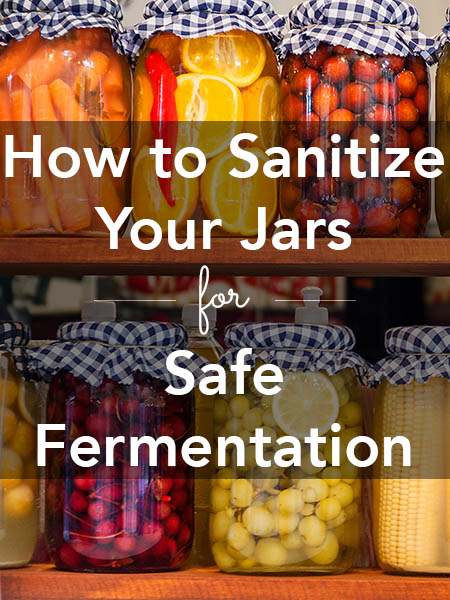
Well-sanitized jars are so important for safe fermentation. Here’s how to ferment safely with properly sanitized jars.
We love our ferments around here. We are big fans of the awesome health benefits and delicious flavor that fermented food and drinks offer. Fermented foods can be easily and safely made at home– it just takes the right equipment and some smarts to make it happen well and safely. Learn how to sanitize jars for fermentation projects in this helpful post!
Fermentation is both an art and a science, one that allows food to spoil or rot under controlled circumstances. This means there is a delicate balance of good and bad bacterias at play, and as much as possible you want to give the good guys a chance to thrive. Ensuring that your fermentation equipment is sanitized prior to use is the best way to ensure that the good bugs are off to a great start in your project.
Need Some Fermentation Inspiration?
- Homemade Kim Chi
- Homemade Sauerkraut
- Homemade Coconut Milk Yogurt
- Homemade Water Kefir
- Homemade Kombucha
An Important Note About Jar Selection
Always choose jars that are meant for canning or preserving. Mason jars like Ball jars (seen above and right), Kerr jars and other brands are made to be boiled in water for canning and thus can withstand the heat safely. DO NOT use recycled pasta sauce jars or similar: these are fine for storing food, but are of dubious quality glass and may shatter when boiled.
Invest in some quality jars: you can find them at your local health food store, hardware store, big box stores and online. They are cheap, interchangeable, and very handy to have around the house beyond fermented fun! The lids are usually two-part lids, which are annoying to organize, but are helpful if you are actually canning peaches or jam. Choose the wide mouth jars to make everything from cleaning to packing the jars easier. When we do ferments, we use the very large Ball half-gallon jars, but you can start with the quart-size and move up once you become a kraut addict!
How to Ferment Safely With Sterilized Jars
- Add your jars to a large stockpot and cover with water (cover by at least one inch).
- Bring to a boil and let simmer for five minutes at a low, rolling boil.
- Add lids and covers into hot water and let sit until ready to fill with veggies. Do not let lids boil– it will activate the sticky sealant that is used for proper canning of fruits and veggies.
- Remove carefully using tongs and place onto towels (cold countertops can shock the jars and break them). Let cool slightly then proceed with recipe.
- If your jars do not fit into a stockpot, warm the glass under hot tap water. Place jars in sink and carefully fill until overflowing with boiling hot water, ensuring that boiling water covers the inside and outside rim of the jar. Let stand for five minutes, then drain water (carefully!).
Some Other Notes
- Always sanitize a few extra jars just in case your kraut doesn’t fit into the expected sizes. It’s much better to have a few jars ready to go then to have to go back and start the sanitizing process over when you’re already elbow-deep in cabbage.
- Sanitize just before you begin: don’t sanitize in the morning for a fermentation evening. Dust, germs, kitty hair and other airborne miscellanea can get into the jars and make the jars dirty again
- Don’t worry TOO much about germs: the goal here is not to completelysanitizee our lives, but to ensure that our ferments get off to a good start. I do not sanitize my bowls, utensils or cutting boards. The jars need to be sterilized because the ferments sit there for a week or more, and that environment needs to be as clean as possible. The only ferments that have ever gone off (and you’ll know when it’s bad!) have been when I’ve been careless with the sanitizing. If you’re going to go through the process of chopping all that cabbage, it’s worth it to get it off to a good start!
Good luck! Any questions– share in the comments!
Image Credit: Fermenting photo via Shutterstock; republished with permission from Vibrant Wellness Journal



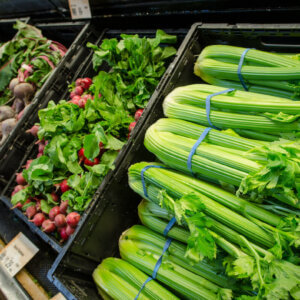





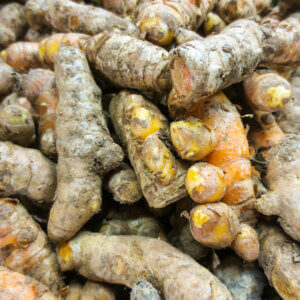

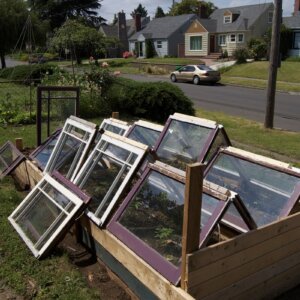
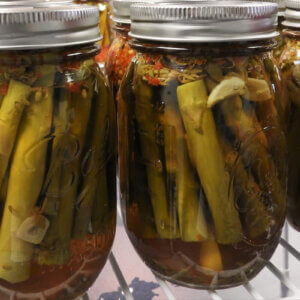



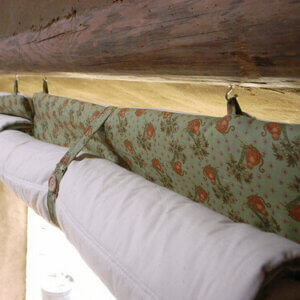
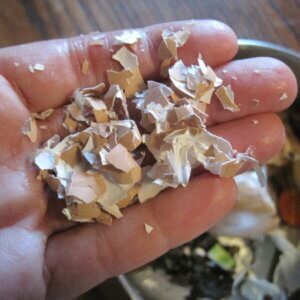

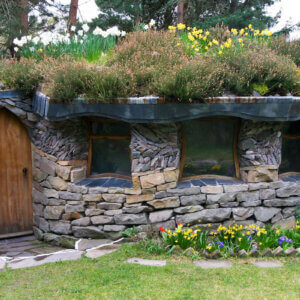
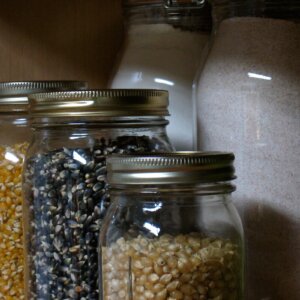
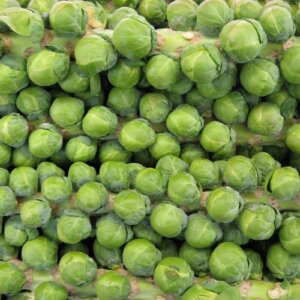







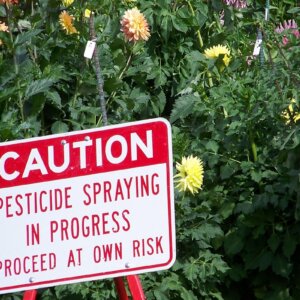







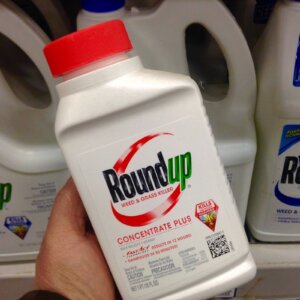




I bake my jars so much easier I put oven on 220 water boils at 212 and bake for same amount of time I would have boiled. I preheat the oven I put the rim part of the lid in the oven and use pot on the stove for the center of the lids No hot steam kitchen
Thank you, I am going to ferment for the 1st time today!
I’m new to fermenting. I just tried some brussel sprouts following the recipe I found online. After sitting for two weeks, I removed the lid to test them and found that there was no longer any brine covering the top of the vegetables. There is no mold and the sprouts still have a crunch to them; not mushy at all. But without the brine covering them, are they still safe? Should I add more brine?